|
How to Insert a Gauge |




|
1. Navigate to the Insert Tab in the ribbon.

Figure 1: The Insert tab in the ribbon.
2. In the Visualization group select the Gauge button.
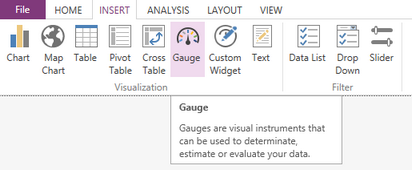
Figure 2: The Gauge button in highlighted in the Insert tab.
3. Select the type of Gauge you would like to insert into your dashboard.
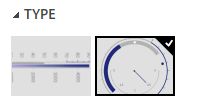
Figure 3: The circular gauge type is selected.
As you have connected to an In-Memory Data Base, this will be the only option for the Source.
4 Select the Value to be that your Gauge will represent.
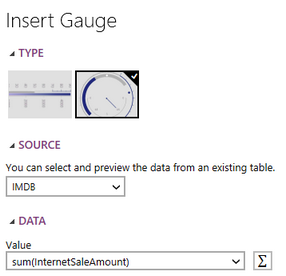
Figure 4: The sum of the Internet Sales will be used as the value for the Gauge.
5. If needed you can change the function of the Gauge to any of the available options or add a custom function by selecting the summation button.
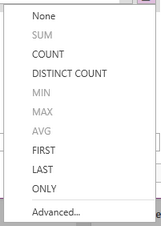
Figure 5: The list of available function types.
6. Set the Minimum and Maximum values for the Rage of your Gauge.
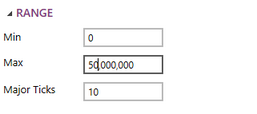
Figure 6: The range was set to be $0 - $50 million.
7. Select the number of Major Tick marks you would like to have in your Gauge. Major Ticks refer to how many data points will be shown on the Gauge.

Figure 7: There will be 10 major ticks in the Gauge.
8. Double click in the Segment rectangle to add a new Segment Point. These can be used to mark meaningful ranges on your gauge, you can set as many segments as you need, or you can leave them out all together.
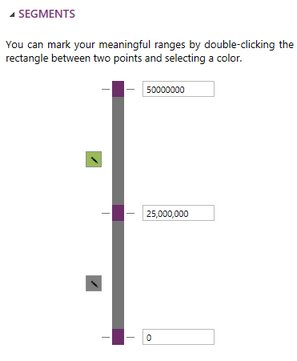
Figure 8: A segment was added at $25 million.
7. When you add a new segment the BI Architect will assign a color automatically. Select the change background color button to choose a new color.
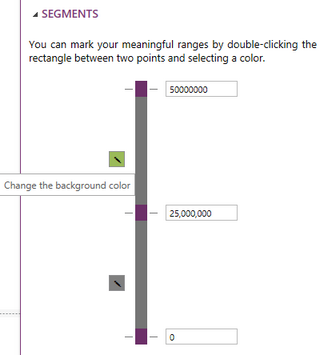
Figure 9: The change background color button is highlighted in the Segment section.
8. Once you have configured all of your series all of your Chart, you may need to apply a local filter to your data. Visit this helpful page to learn more about applying a local filter.
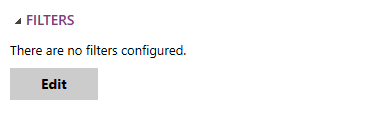
Figure 10: The edit filter button in the Insert Table Dialog.
9. You are able to enter a Caption for the Chart in the Properties section if needed.

Figure 11: A caption has been added to the Gauge.
10. After you have configured your Gauge to meet your needs, select Insert and your Gauge will be inserted into the design surface.
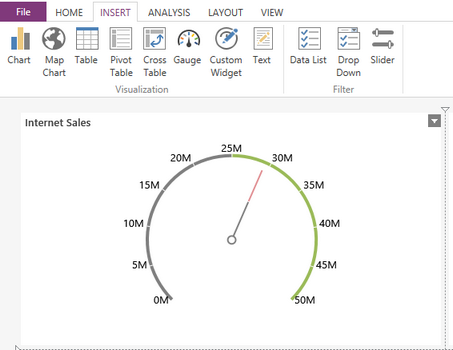
Figure 12: The resulting Gauge in the design surface.
Next Steps
Gauge Properties - Learn about how to edit and customize your Gauge after inserting it into the design surface.
Include or Exclude Widgets - Learn how to exclude widgets from your dashboard without deleting it all together.
Resizing Widgets - Learn how to resize your widgets in the design surface.
Repositioning Widgets - Lean how to reposition your widgets after inserting into the design surface.